I put the book down that I had been reading aloud about a pioneer woman who had saved her dying child. My son was studying pioneer times and we were reading a historical novel about a family living in a log cabin in the American wilderness. The novel illustrates the hard living that these families had to endure, including serious illness with no medical facilities. When one of the children in the book had come down with something that gave them a high fever and delirium, the mother ran out into the woods and found the herb that she knew would make her child better. She prepared it as a tea and administered it. It wasn’t long before the child started to improve and the whole family was relieved.
I looked around the house at all of my children whose luck would not be so good were it I in charge of finding the medicine living in the wild that would heal them. Sure, we had no plans to pack up our meager belongings, put them all on an ox and head west to claim ourselves some land in that it was pretty much all claimed and we have roads and cars now. But what if we were off hiking as a family and got lost in the wilderness? What if society made good on its threats for the past couple of decades and finally collapsed? What if one of the kids fell ill and there was no way of getting help? What if it was up to me and my ability to identify the correct plant in order to save my poor little baby’s life? If Tylenol did not grow from trees in the bottle, I would be helpless to do anything.
I did not like this helplessness and I felt a new uselessness as a wife and mother. Luckily, my computer was listening when I voiced these concerns to my husband. The next day, an article popped up in my social media feed about a common weed called Broadleaf Plantain with medicinal properties that helped with the pain of insect stings and itchiness from bug bites and rashes. The article included the full instructions for making a balm out of the leaves of the plantain and it came from a legit source.
I studied the pictures of plantain. Sure enough, I had a lot of that growing in my backyard and probably a little growing up front too. Once again, being horrible at maintaining our lawn to suburban standards had worked out to our benefit.

I spent the afternoon clipping leaves and then drying them as per the instructions. It was a very tedious process. It took all afternoon to collect and dry the amount of leaves I needed for the balm recipe. It made me very much appreciate how easy we moderns have it to just be able to run to the drug store and get a tube of medicine when we develop a rash.

Once I had the proper amount of plantain in the mason jar, I poured olive oil over it, put on the lid, dated it and set it on the counter to revisit it after a couple of months of infusing.
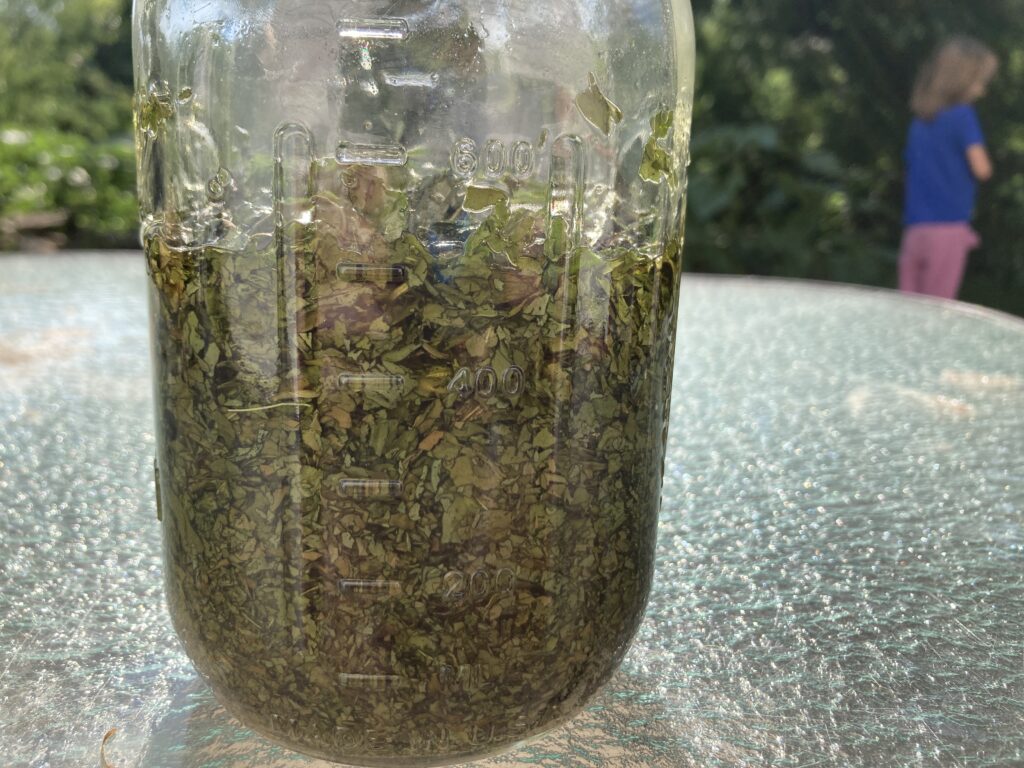
The bustle of summer distracted me from my foray into pioneer herbalism and I didn’t revisit it until my end of the summer kitchen counter clean-up. It was then that I came across the dust-covered jar and remembered I was trying to be a less useless wife and mother.
It took some digging, but I found the original instructions. Finishing the balm went much faster than starting it. I poured the oil through a wire colander to separate out the leaves and then mixed the remaining infused oil with melted beeswax. Once it was all blended, I added a few drops of peppermint oil and then made the mistake of checking to see if it was enough by putting my face over the pot and inhaling. It was so strong! For about five minutes, I thought my nose was running, but it wasn’t. My nostrils were just effervescing.
I poured the melted concoction into small mason jars and let them cool overnight. By morning, they were little jars of balm.

Fortunately, not long after I’d finished the balm, my husband came into contact with poison sumac while moving brush around in our back yard. He got a rash all over his left arm and I had the chance to test out the efficacy of the balm. Being born in modern times, I was still a bit skeptical that a weed most people killed with weed and feed in favor of having a lush, though medicinally useless lawn, could have healing properties.
My husband rubbed it onto his itchy rash, desperate for relief. (I probably could have handed him a jar filled with chicken poop with the promise of soothing his itch and gotten the same enthusiasm to try it, such was his desperation.) He looked up at me with a surprised smile. It helped! He said it didn’t entirely take the itch away but brought it down to a dull, manageable irritation. And he smelled like peppermint to boot.
My daughter got a fresh mosquito bite the next day when we were cleaning up the backyard. I excitedly ran in to get the balm so she could try it. She smeared a little on the freshly emerging bite and a few minutes later reported that the itch was completely gone and the bite had gone down in size.
It worked! I had made a working medicine from a plant growing in the wild (my yard, which my neighbors would all attest is wild). Did this mean I could bring an extremely ill child back from the brink of death if all he had was me and whatever I could find growing nearby? Absolutely not. But if he had a bug bite or a rash or any other skin irritation and no drug store in sight, I might now be a useful wife and mother.
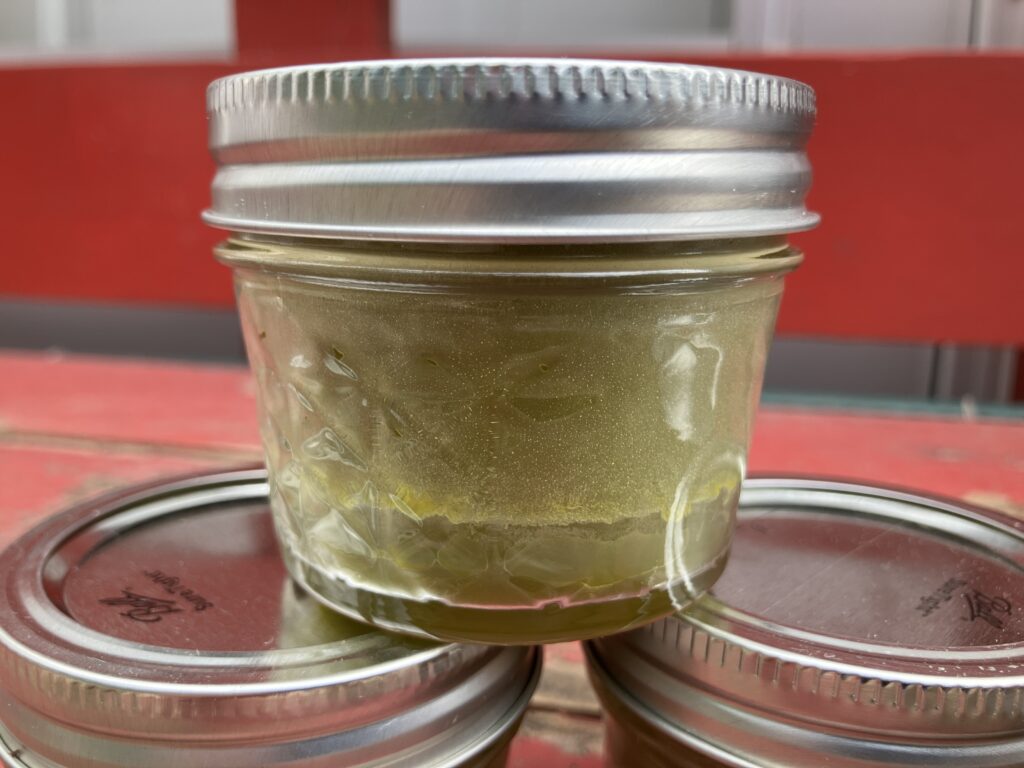

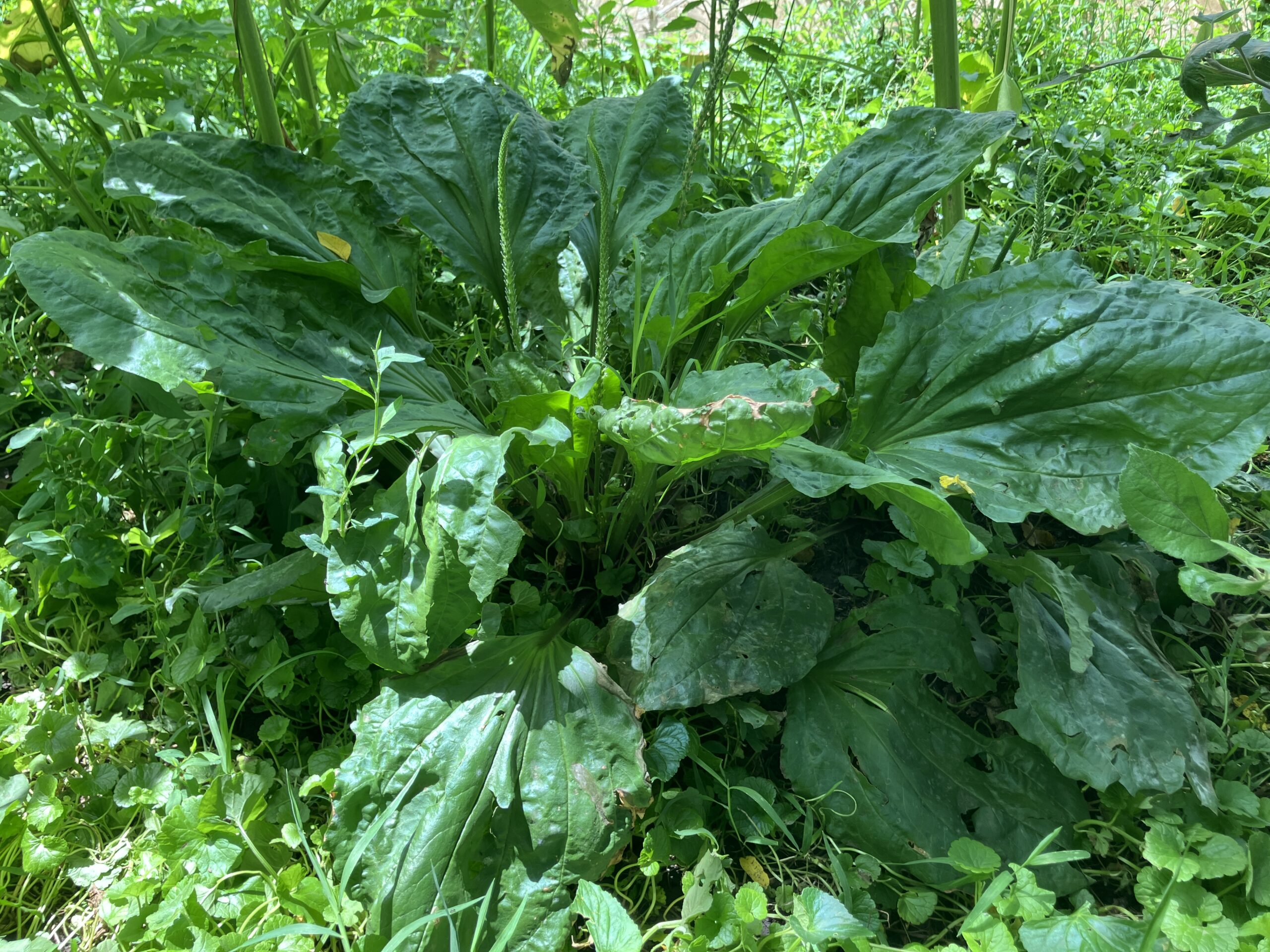
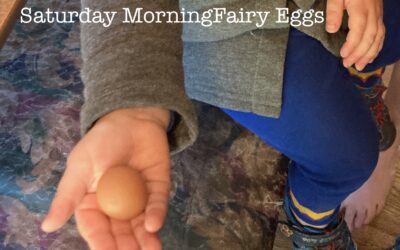

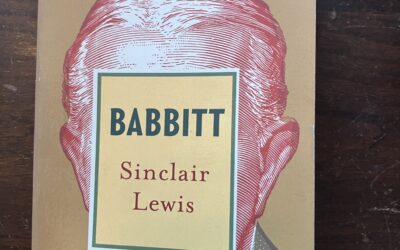
0 Comments